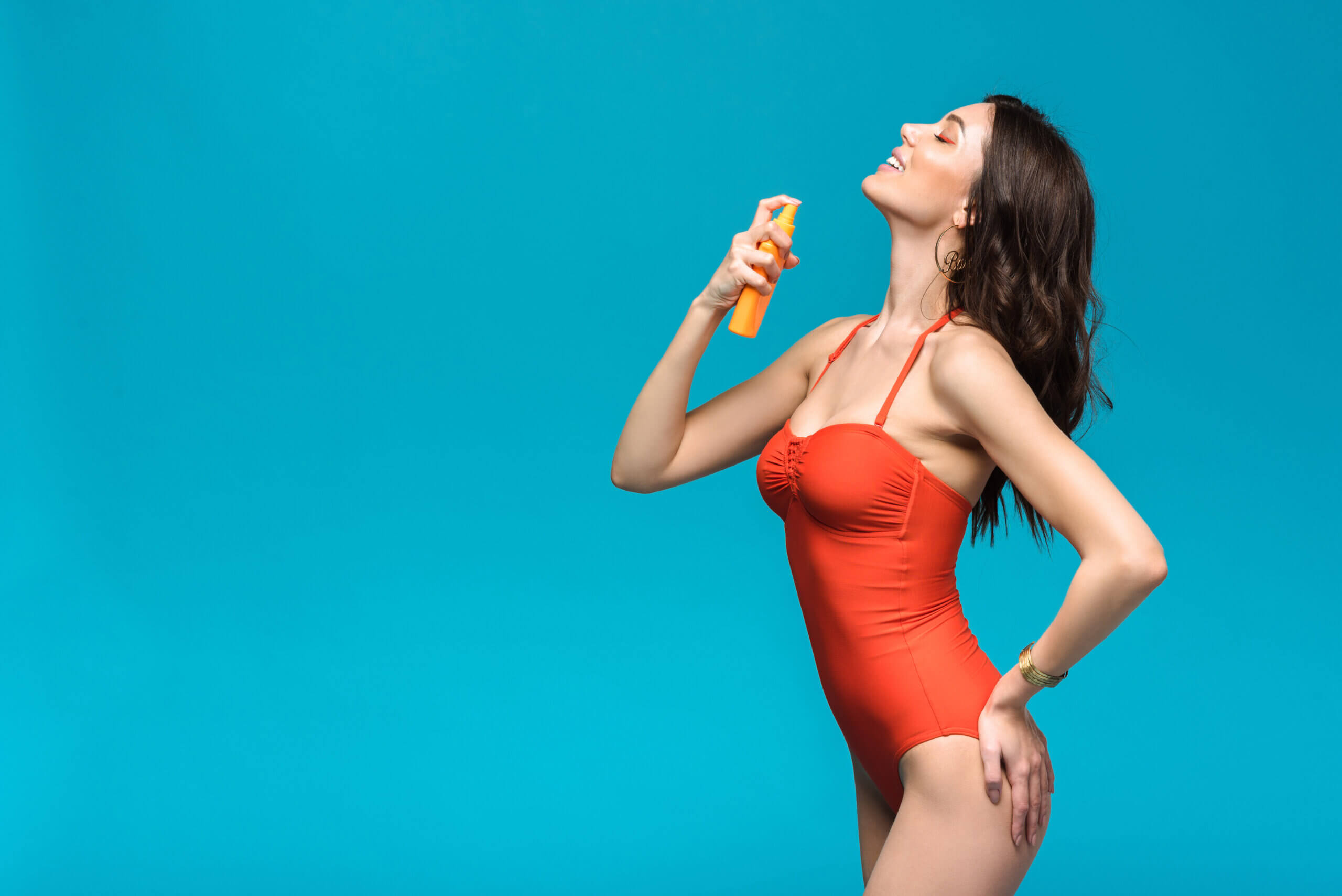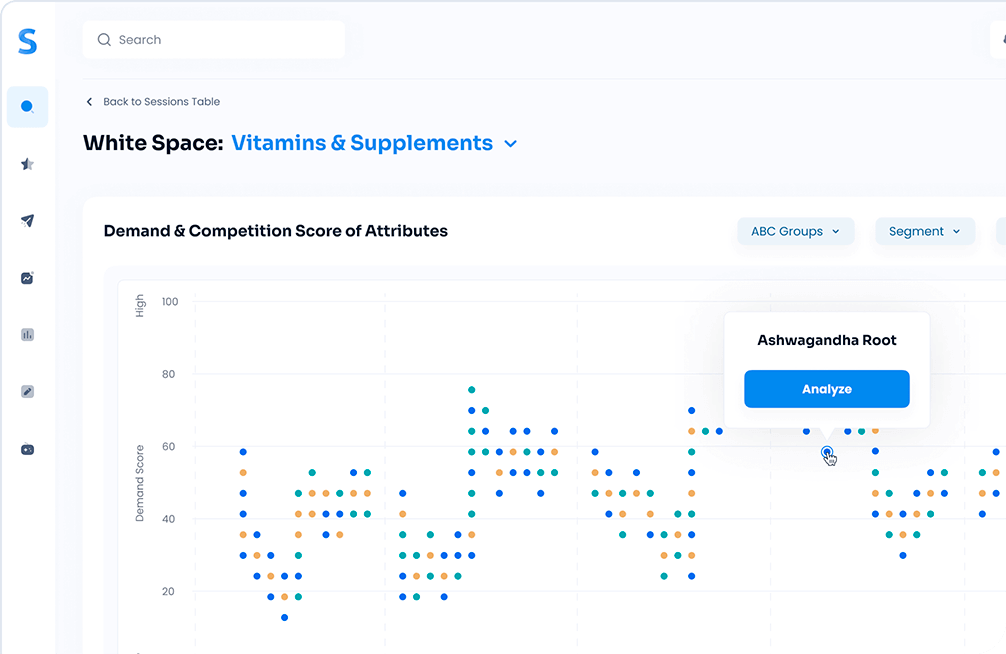If consumers don’t feel like a product solves their immediate or long-term needs, it loses popularity quickly and can’t keep up with alternatives that do provide solutions. We’ve discussed predicted need states recently in our blog about 2023’s Predicted Winning Luxury Care Sun Care Need States, but we wanted to also dig into the data for sun care products as well.
So, Our team here at Simporter used our White Space AI tool to analyze 24 luxury sun care need states to forecast trends in 2023. Need states are product claims that motivate consumers to purchase, so brands must stay on top of these shifting trends to avoid missteps in their product marketing efforts. See below which need states we expect to struggle in 2023.
You’ll Want — and Need — this Data for 2023
For Normal Skin

Any product that’s marketed to consumers as “For Normal Skin” is going to get crushed this year, with an expected 133.54 percent negative growth rate against its existing 0.27 percent share of voice. But Why?
Consumers are celebrating differences, features, and individual skin and sun care needs. Products targeting a group that doesn’t exist aren’t necessarily the best bet.
Brands like Kylie Cosmetics offer kits marketed towards consumers with Normal Skin, but that may not be the best strategy moving forward. Normal Skin is too broad a term and doesn’t address individual consumer needs that many other products do.
Skin Firming
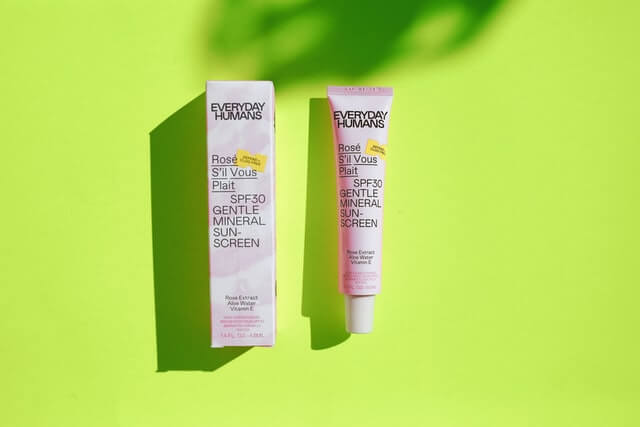
Second on our list is Skin Firming (0.52 percent share of voice), which is also expected to suffer significantly in the crowded need state space. We anticipate that throughout the next twelve months, Skin Firming products such as this Extra-Firming Wrinkle Control Firming Day Cream SPF 15 from Clarins may be impacted by the shift in consumer needs.
Skin Firming products are used primarily by consumers experiencing sagging, looser skin due to photoaging. Since 2023 is the year Gen Z is experiencing a rise in purchasing power, it makes sense that products focused on anti-aging benefits wouldn’t be as popular.
Younger consumers aren’t as concerned with sagging skin and so forth at their younger age. Instead, they want to use products with Intensive Moisture or ones that address Eczema.
Dull Skin

In a similar fashion to Skin Firming, Dull Skin will experience over 100 percent negative growth this year (119.26 percent, to be exact). Dull is a word that doesn’t give consumers a clear definition of what type of skin they should have to use products like this one. So, rather than spending their sun care budget on products that don’t provide defined, specific solutions, consumers will turn towards options that offer unique benefits like Full Coverage instead.
Pregnancy-Friendly

This one is a bit of a head-scratcher, as we can’t quite pin down why pregnancy-friendly predicted sun care products would rapidly decline by 131.16 percent this year — second-most on our list. Our theory is that consumers may not buy Pregnancy-Friendly (0.13 percent share of voice) products, in part because generally, they’re more conscious of chemical-free or more natural alternatives.
Pregnancy-Friendly is too specific and automatically disqualifies itself from selling to the larger pool of SPF-conscious consumers. Product options such as this Anthelios 50 Mineral Ultra-Light Sunscreen Fluid SPF 50 from La Roche-Posay will become more relevant to pregnant consumers interested in safe, effective sun care options.
Sweat-Proof
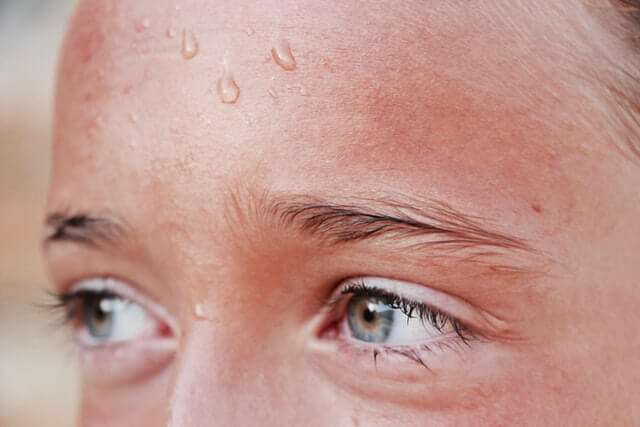
Sweat–Proof (0.84 percent share of voice) is expected to have a rough year competing with Waterproof products. Sweat-Proof predicted sun care products like this should see an 86.96 percent negative growth rate in 2023 — they’ll likely be replaced directly by Waterproof products like this that are projected to see an astounding 252.17 percent growth rate this year.
Waterproof offers antiperspirant, Sweat-Proof-type effects and provides more well-rounded support for outdoor activities that may include water. As consumers slowly emerge from the cold of winter over the next few months, they’ll be looking towards more broad-spectrum sun care solutions rather than doubling down on something they don’t feel offers as much value.
Synthetic

This need state makes perfect sense on this list. Consumers are no longer tolerating Synthetic products the way they used to as more natural products are becoming available (check out our blog for more details about how Natural is set to dominate in 2022).
Synthetic products like this one from bareMinerals will find it challenging to keep up with most natural options out there. Our AI predicts that Synthetic, which currently boasts a 0.15 percent share of voice, will see negative 97.83 percent growth this year.
Consumers don’t want to feel like they’re using chemicals on their skin, even if they fundamentally understand that sun care products are made of synthetic ingredients in most cases. Stay away from Synthetic if you want to make consumers feel comfortable with your brand and the products you sell.
Extra-dry Skin
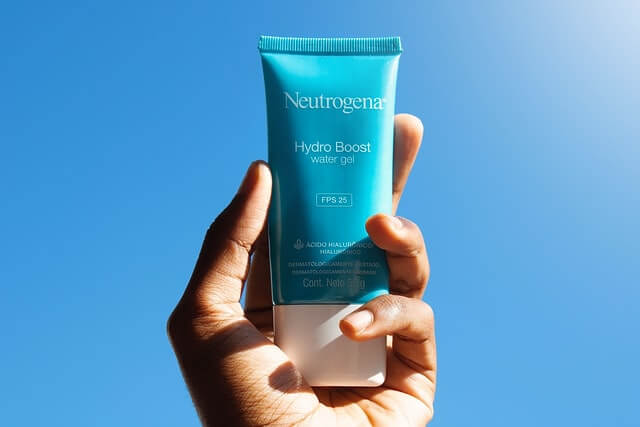
Consumers deal with Extra-dry Skin (0.20 percent share of voice) all the time (The AAD even has an FAQ page on how to deal with it), but that doesn’t necessarily mean that it’s the correct marketing label to use for your sun care lines. Instead of focusing your language on the negative (dry), our research shows that you should pivot to positive language such as Super Soft or Healing, which are both predicted winning need states for this year.
Antioxidants

Antioxidants are the final need state we’re covering on our predicted losers list. Antioxidants are substances that help protect the skin’s surface from oxidative damage caused by environmental factors over time, such as UV exposure and air pollution. Antioxidants are often found in skincare product formulas because of their powerful anti-aging benefits, but like Skin Firming and Dull Skin, we’re mainly dealing with Gen Z here in 2023.
Our White Space tool suggests that Antioxidants — 0.28 percent share of voice — will see 64.50 percent negative growth this year.
Listen to What the Market is Saying
It’s time to get away from the tried and true methods of pumping out Synthetic, generic sun care products that don’t address consumers’ unique predicted needs and celebrate their differences. If you want your brand to remain top-of-mind for your primary buyers, take notice and start adjusting your R&D efforts accordingly.
For more insights on luxury cosmetics and sun care trends, check out our recent webinar here. If you’re ready to see Simporter AI in action and learn what it can do for you, request a demo on our website.
